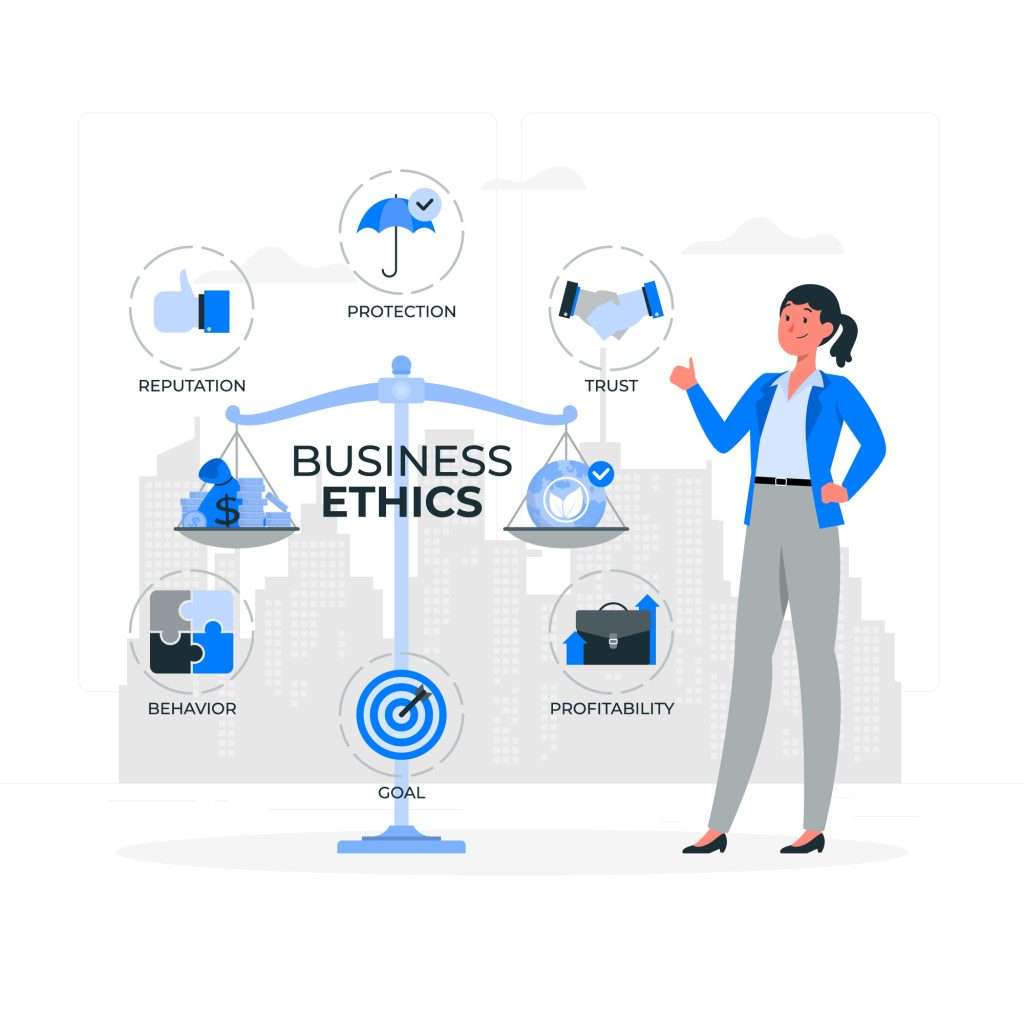
Every country has implemented employee monitoring laws for compliance and secure workplaces. Let’s uncover the USA, UK, and EU strategies.
Businesses are reshaping with some innovative yet automated software to strategically align processes with technology. Among those time-tracking software programs, some are on top for better communication, monitoring, and mapping workplace activities in a secure, safe, and productive environment. For this reason, every state around the world must follow the Electronic Communications Privacy Act (ECPA) or the National Labor Relations Act (NLRA). But is using employee tracking software legal? Or if you disregard employee monitoring laws, what will happen?
What are these rules, and how are they used to ensure privacy at the workplace with a friendly environment rather than surveillance and strict pressures?
As an owner and employee, you must be aware of employee monitoring rules, so let’s dissect the article so you don’t put your business at risk.
Globally, every company is subject to the rules and regulations of the ECPA, allowing employers to use employee monitoring tools. Yet, in the absence of awareness and clarity regarding employee monitoring regulations, businesspeople are inadvertently breaking the law, which costs them fines and damages their reputations quickly. The real-world applications of this software include policy protection, increased accountability for task management, profitability, and worktime activity tracking.
So far, I’m sure you clearly understand that employee monitoring is a legal course of action under laws to keep companies and employees safe from any damage. So, the most important matter of fact is you need to understand the employee monitoring laws rather than figuring time cards, video surveillance, and dealing with non-compliance. The legality of various monitoring techniques is specified and unambiguous in the USA, Canada, the European Union, Australia, Canada, Japan, China, and other nations.
Companies do this to ensure gross profits, security, and compliance with company policies. According to a survey by ExpressVPN, major stakeholders are using monitoring apps while many still feel reluctant about their usage, i.e., 78% and 59% ratios, respectively. This big number indicates that electronic privacy and transparency are still mistrusted.
 Business Laws
Business Laws
Some common employee monitoring methods include
Employee monitoring is taken under two categories: invasive or non-invasive. Invasive monitoring is essential for tracking employees without their consent, such as using legitimate software, recording personal messages or calls without users’ agreement, visualizing activity after work, and capturing keystrokes or screenshots. This is a clear breach of privacy laws in the US, UK, EU, Canada, etc. To avoid legal and ethical penalties or consequences, employers should hold non-invasive screenings to have clarity, employees’ consent, and transparency.
Types of MonitoringStructurePrivacy FallbacksEffectsInvasive MonitoringNo agreement or consent taken.Secret keystroke logging, screenshots, and tracking calls or messagesBreaching privacy laws globally.Non-Invasive MonitoringTransparent and consensual on trackingNo secret roots; instead, legal monitoring and tracking is doneBoost morale and the compliance system
In the USA, all companies are bound by privacy laws, and violating them is so dangerous. Who wants to risk the integrity just to monitor employees in secret rooms? The rules according to ECPA, SCA, and NLRA say:
Some EU countries ensure that monitoring acts must be employee- and employer-friendly, such as

To maintain compliance with labor laws, all businesses around the world are liable to meet compliance standards. One of those is employee monitoring laws that must be taken to track your employees, whether remote, freelancer, or hybrid. The fundamental and legal rights state that companies can use these tracking apps, but with consent and improved security. The rules across the US, Canada, Germany, Japan, China, the EU, Africa, Australia, or elsewhere are the same to secure employees and employers for better organizational levels. In case companies try to adopt an invasive mode of monitoring, then serious consequences will be seen, such as lawsuits, heavy penalties, or losing their brand or clients.
Make sure you’re confident about monitoring laws, tools, and purposes to achieve prominent results in revenues and growth.